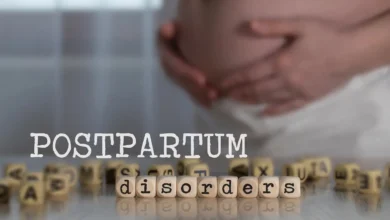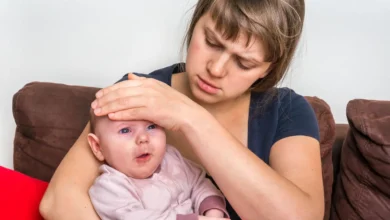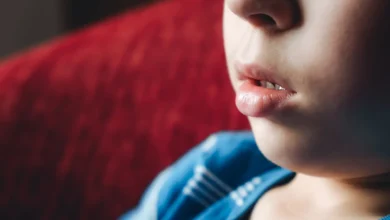What’s harmful and what’s not when it comes time to swallow things?
When Your Baby Swallows Something That They Shouldn’t
When a child swallows a small object, it will often pass through the digestive system of that child without any harm. In some cases, it can be harmful. For example, the item can cause a choke or a serious allergic reaction.
If the foreign object is lodged in the esophagus or is made of a hazardous material, an X-ray may be needed. If the substance is toxic to a child, other medical treatment may be required.
It’s important to recognize which items are harmful and which can cause severe symptoms.
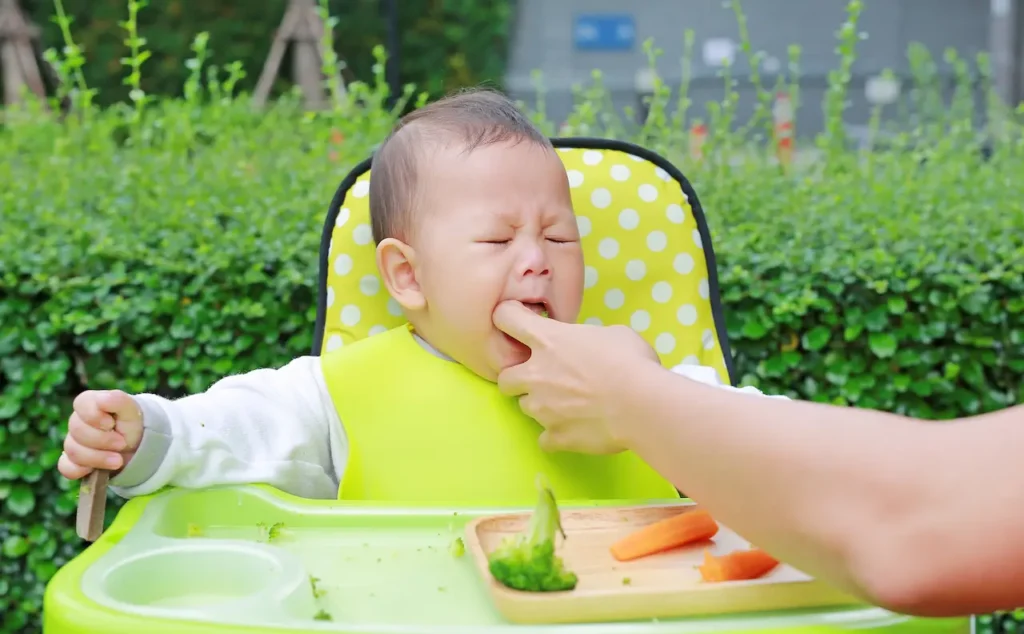
Batteries and Magnets
The chemicals in small button-shaped or disc-shaped batteries, which are found in many children’s toys and games, can cause the tissue to burn or poisoned.
You will be given instructions on what to do if you find that your child has swallowed one of these items.
Sand, Dirt, Bugs, and Leaves
Although it may sound alarming, these substances are not harmful to you. The only thing that might happen is a stomach ache. Only bees or spiders can cause an allergic reaction.
Chemicals, Such as Cleaning Products and Weed Killers
Bleach, snail poison, weedkiller, surface sprays, and similar products can cause fatal poisoning if swallowed. Call the Poisons Helpline: 13 11 26 from anywhere in Australia. Or call 000 for an emergency.
Drugs and Alcohol
If swallowed, tablets, liquid medications, alcohol, and drugs pose a serious threat to children. It’s better to call 999 immediately if you suspect a reaction, as some may take longer. It may be necessary to pump your child’s stomach quickly to remove the substance and prevent further damage.
Sharp Objects
If you suspect that your child has swallowed anything sharp, you should contact your doctor. An x-ray is likely to be needed. The items may pass through the system without any harm.
Other Small Items
Children often swallow coins and small objects like marbles, buttons, and toys. Metal objects will be visible on an X-ray, but other items won’t. You can usually find it by watching for symptoms and checking your child’s stool over the following days. In rare instances, foreign objects can find their way to other parts of the human body.
Food That is Thrown Away, Pet Food, or Rubbish
Moldy sandwiches can carry harmful bacteria that could make your child ill, but there shouldn’t be too many other negative effects. While it may be gross, pet foods are not harmful to people unless they contain raw chicken that can cause salmonella poisoning.
Poisonous Mushrooms or Berries
Some natural things can appear to be food, but they are toxic. For example, certain mushrooms and berries. You should seek medical attention immediately if you suspect that your child may have eaten any of these items.

The most dangerous things that children can ingest are:
- Batteries and Magnets
- Sharp metal and sharp objects
- Toxic substances such as cleaning products, poisons, and medicines
- The larger objects can also get stuck
The following are signs that the life of your child could be in danger if they have swallowed something.
- Coughing or difficulty breathing
- Vomiting
- Fever
- Anaphylactic shock
- Stomach or chest Pains
- Drooling and dribbling
- Being unable to eat, drink, or want to eat.
- Blood in the poo or vomit
- It’s not conscious
When Your Child Swallows Something, What Should You Expect?
You may see your child swallow something that they shouldn’t. You may also notice respiratory distress, excessive drooling or coughing, or painful swallowing. It happens to kids.
If you suspect or know that your child has eaten something they shouldn’t, then take them to the nearest emergency room. A doctor will be able to help. The emergency protocol can vary depending on the type of foreign object but usually begins with medical imaging.
Anthony Calise, Chief Diagnostic Technologist, said: “We use imaging as a tool to help locate the foreign object.” We follow the doctor’s instructions. We may only do a soft-tissue neck, chest, or abdomen x-ray. Other times, we will include images that show everything from the nose down to the rectum.
The radiologist will decide what to do after the image. Some swallowed items are dangerous and must be removed immediately. Others are not as harmful and can be persuaded to come out naturally.
What Should I Do if My Child Has Swallowed Something?
Call 911 or go directly to the nearest emergency room if there is an urgent situation. What your child has swallowed will determine whether his breathing is affected.
If Your Child:
- You may have swallowed something that causes severe pain, difficulty breathing, difficulty swallowing, choking, or constant coughing.
- Swallowed something larger than a small tack. Most small, sharp objects, like tacks, will pass through your child’s mouth without harming them.
- He has severe pain in his stomach, which is not explained. (This could mean that he ate something without your knowledge.)
- An object is stuck in the ear, causing bleeding or pain.
- You ate something, but you don’t know what it is
What is the Most Dangerous Item that My Child Could Swallow from Home?
- Button batteries are used to power watches or hearing aids.
- Magnets are a good idea, especially if you have a child who swallows several at once.
- Water beads (beads that expand when they absorb moisture)
- Other poisonous products, such as household cleaning products
- Laundry detergent pods
How to Handle a Stuck Object in Your Child’s Nose or Ears
It depends on what it is and whether or not the object causes pain or bleeding.
Go to the nearest emergency room if the object causes pain or bleeding or if you’re not sure what it is. Call the paediatrician and ask for advice if the object does not cause pain or bleeding.
How to Prevent Your Child from Getting Objects Stuck in Their Nose or Ears
- Keep an eye on your child at all times.
- Before your child can crawl, you should begin to childproof your house. As your child grows, you may need to change the way you childproof your home.
- Keep an eye on your children when visiting family and friends. Some people may not childproof their home the same way, or even at all.
- Consider the world through your child’s eyes. If you kneel, your child is probably able to reach or enter anything that you see.
- Create a safe place for your child if you have to step away.
- Attend a CPR course at your local community center, hospital, or doctor’s office. CPR training is an easy, low-risk way to save someone’s life.
- Keep household products such as button batteries, magnets, and household cleaners out of reach.
- Ensure that any removable battery compartment is secured with screws.
How to Tell if You’ve Swallowed a Foreign Object
The symptoms of an object swallowed are often hard to miss. If the foreign object is blocking the airway, you will notice the symptoms right away. The most common symptoms are:
- Choking
- difficulty in breathing
- Coughing
- wheezing
There may not be immediate symptoms if a child easily swallows a foreign object and it does not get stuck in their throat. The object has already entered the digestive system. The object will either pass by itself or cause symptoms if it is not able to be passed.
Possible symptoms of an object stuck in your esophagus and bowel include
- vomiting
- drooling
- gagging
- throat pain or chest
- Refusal to eat
- Abdominal pain
A foreign object that is stuck in the body for a very long time without being treated can lead to infection. This includes recurrent aspiration pneumonia. Chest pain, a cough that produces phlegm, and wheezing may be the result. These symptoms can be accompanied by a fever.
Even if it seems like the foreign object can be passed naturally, you should consult a physician if your child or you swallowed one.
A swallowed magnetic object is a medical crisis. If you or someone else has swallowed an object, seek immediate medical attention.
How Doctors Examine a Patient Who Swallowed a Foreign Object
If you suspect that your child may have swallowed an object, seek medical attention.
If the patient is having trouble breathing, a doctor will perform an X-ray to locate the object. A bronchoscopy can be performed to examine the airways more closely. A bronchoscopy involves a thin tube equipped with a camera, called a “bronchoscopy,” that a doctor uses to examine the airways.
When making a diagnosis, doctors also consider other symptoms. You may be asked to list the signs that made you suspect a foreign body was swallowed.
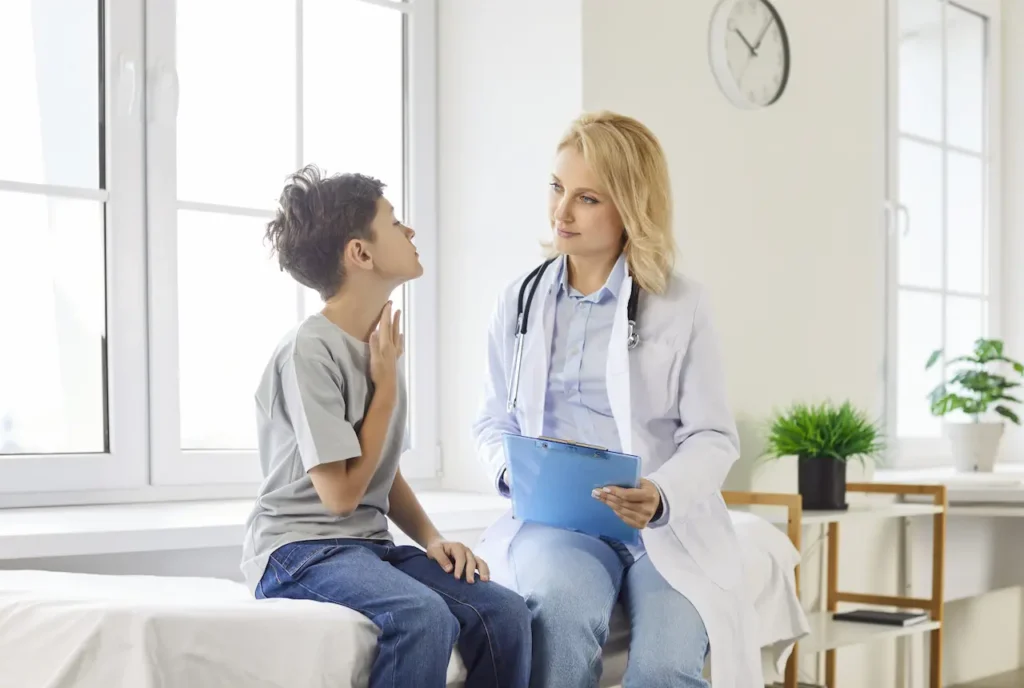
What are the Treatment Options?
The treatment will vary depending on the condition of the patient.
Emergency Treatment
Emergency treatment is often required if the person cannot breathe because of a blocked airway. You can remove the foreign object from the airway by using CPR, back blows, or the Heimlich maneuver.
Home Care
A doctor might decide to wait to see if a foreign object is passed normally by the body if it doesn’t seem to be choking the patient. You might need to be on the lookout for symptoms such as nausea, fever, or pain. You may also be asked to check your stool to ensure that the object has left the body.
Conclusion
Children often mouth objects to explore, and this can result in them swallowing items that are not food. Many small non-toxic objects are safe, but some, like batteries, magnets, and sharp items, can pose a serious risk. If your child swallows anything harmful, you should seek medical attention immediately. It is important to ensure that your child’s exploration environment is safe. This includes regular supervision.
